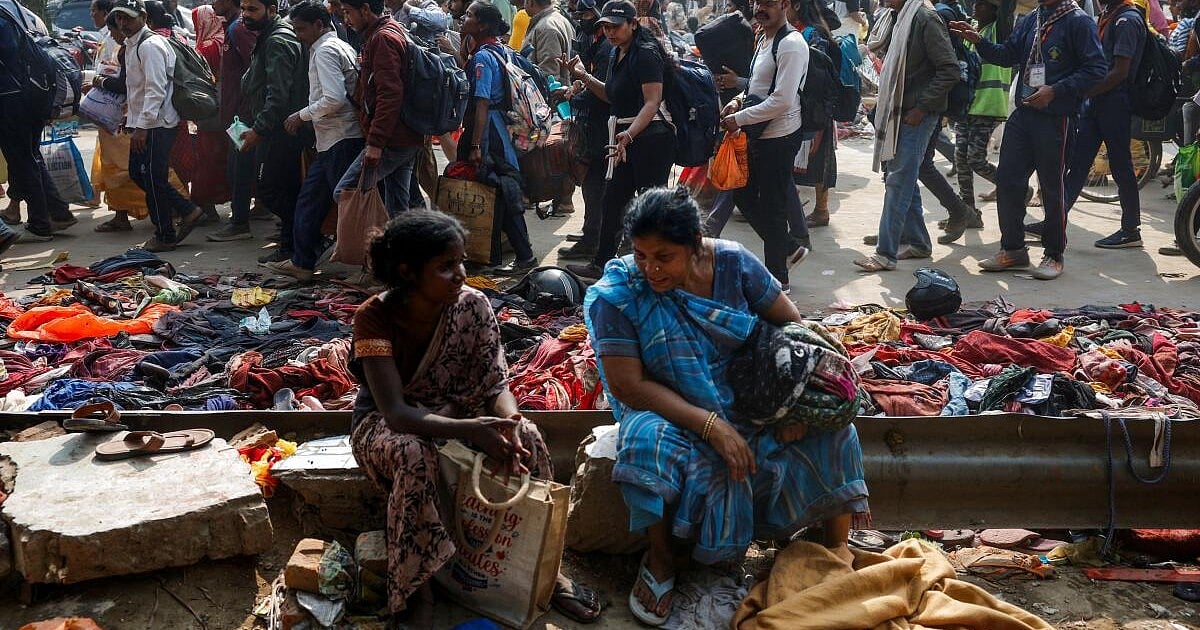 |
|
The Supreme Court of India recently dismissed a Public Interest Litigation (PIL) concerning safety measures during the Maha Kumbh Mela following a stampede incident. The court's decision, delivered by a bench comprising Chief Justice Sanjiv Khanna and Justice Sanjay Kumar, highlighted the existence of a similar plea already filed before the Allahabad High Court. This strategic move by the Supreme Court, while seemingly procedural, underscores the complexities of judicial jurisdiction and the importance of efficient case management within the Indian legal system. The apex court's refusal to entertain the PIL emphasizes the principle of judicial economy, directing the petitioner to pursue the matter through the established channels in the Allahabad High Court, where the issue is already under consideration. This approach prevents duplication of efforts and ensures that judicial resources are utilized effectively.
The decision highlights the delicate balance between addressing concerns related to public safety and upholding the principles of judicial efficiency and jurisdictional boundaries. The Supreme Court's action avoids potential jurisdictional conflicts and ensures that the matter receives a thorough hearing within a designated court with established expertise in handling such cases. The Allahabad High Court, being geographically closer to the event's location and possessing a more intimate understanding of the local context, may be better positioned to address the specific concerns raised in the PIL. Furthermore, the existing plea within the Allahabad High Court ensures that the arguments and evidence presented will not be needlessly duplicated, leading to a more efficient and streamlined judicial process. The Supreme Court's action serves as a reminder of the hierarchical structure of the Indian judicial system and the importance of adhering to established procedures for the effective resolution of legal disputes.
The underlying issue of safety and security during large-scale religious gatherings like the Maha Kumbh Mela remains a matter of considerable public concern. The potential for stampedes and other incidents highlights the need for robust safety protocols and effective crowd management strategies. The PIL, though dismissed by the Supreme Court, underscores the public's interest in ensuring that adequate measures are in place to protect the safety and well-being of devotees. The Allahabad High Court, now tasked with considering the matter, will play a crucial role in addressing these concerns and potentially shaping future policies aimed at preventing similar incidents. The outcome of the case in the Allahabad High Court will have implications beyond the immediate context of the Maha Kumbh stampede, potentially setting precedents for crowd management and safety regulations during similar large-scale religious events across the country. The court's decisions, therefore, will have significant implications for public safety and the administration of large-scale gatherings.
The case also raises important questions regarding the role of the judiciary in overseeing public safety and the adequacy of existing mechanisms for addressing such issues. The existing litigation in the Allahabad High Court indicates that efforts are already underway to address safety concerns, though the Supreme Court's decision implicitly highlights the need for more comprehensive and potentially proactive measures to ensure the safety of devotees during major religious events. The case underscores the importance of inter-agency coordination between the judiciary, government bodies, and local authorities in order to create effective mechanisms for managing large-scale gatherings and preventing future tragedies. Future discussions should consider not only legal aspects but also practical approaches that can improve crowd management, infrastructure, and emergency response capabilities to minimize the risk of incidents like the Maha Kumbh stampede.
In conclusion, the Supreme Court's decision to direct the petitioner to the Allahabad High Court represents a strategic move based on principles of judicial efficiency and jurisdictional propriety. While the immediate outcome is the dismissal of the PIL, the underlying issue of public safety during major religious events remains a matter of ongoing concern. The Allahabad High Court's handling of the existing case will be critical in determining the adequacy of safety measures and shaping future policies that can mitigate the risk of such incidents. The case highlights the interconnectedness of the judicial, governmental, and administrative responsibilities in ensuring public safety during large gatherings, emphasizing the need for robust inter-agency coordination and proactive measures to prevent future tragedies.
